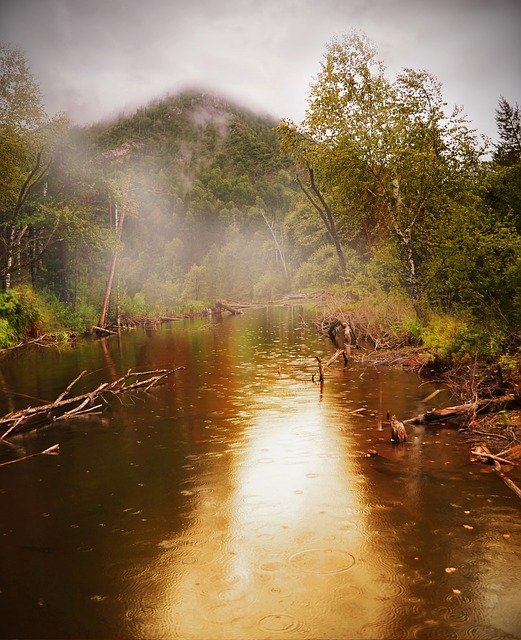Understanding the Ecosystem

We all want to protect the ecosystem. Many businesses and professionals from various fields like the Michigan lemon law are fighting to protect the ecosystem. But while the cause is good, do we really know our ecosystem well?
Under an ecosystem, you understand the interplay between different living beings and their demarcated habitat.
The cohabitation of different animal, plant, and fungal species is biocenosis. Your habitat is what you call a biotope. Biotope and biocenosis together form the ecosystem.
A biotope and a biocenosis cannot exist separately from each other, because every community of living beings needs a habitat. At the same time, an area only becomes a habitat when animals, plants, and fungi settle there.
Ecosystems are characterized by different manifestations of environmental factors. Here you distinguish between the biotic and the abiotic environmental factors. Abiotic environmental factors are, for example, the temperature or humidity that prevail in a habitat. The biotic factors describe the relationships between the living beings that live there, such as the relationship between a prey animal and its predator. Each ecosystem has different living conditions.
Characteristics of ecosystems
You can characterize all ecosystems by specific characteristics. In addition to its size and external boundaries, these are the interrelationships in it as well as its openness, complexity, and dynamism. In addition, you distinguish ecosystems by whether they are predominantly on land or in the water.
Size and limits
All ecosystems have different sizes. There is also no minimum size or maximum size for ecosystems. You can distinguish individual ecosystems from each other by taking a closer look at the biotope (living space) and the biocenosis (community of animals, fungi, and plants). Biotope and biocenosis together form the ecosystem.
A biotope is characterized by different manifestations of abiotic (inanimate) environmental factors, such as different temperatures, different wind strengths, the solar radiation is stronger in some biotopes and lower in others and also the water resources are different. Due to the different living conditions in the individual biotopes, other living beings live in it, such as different biocenosis. So you can distinguish different biotopes and their biocenoses from each other. The limits you draw here are also the limits of an ecosystem.
Frankness
Ecosystems are open to the outside world. There is a seamless transition to other ecosystems and the creatures can switch and interact between ecosystems. For example, a bird can easily fly from the forest ecosystem into the adjacent land ecosystem. There is also an exchange of materials and an energy flow between ecosystems. There are no closed ecosystems in nature.
Dynamics
In addition, ecosystems are dynamic and are constantly changing. This is due to internal and external influences on the ecosystem. Possible development processes here are succession, self-regulation, and adaptation processes, through which the available resources (such as existing food) are increasingly used.
Complexity
A final characteristic of ecosystems is their complexity. There are countless, difficult-to-see connections between the inhabitants of the ecosystem (biocenosis) and their environment (biotope). This creates a complex web between animals, plants, and fungi, and their environment.
Energy flow in the ecosystem
Within the material cycle, energy is also passed on within the individual steps. However, it must be supplied from the outside in the form of sunlight. Energy in the form of sunlight is an important prerequisite for producers to be able to produce biomass through photosynthesis. It is then passed on between living beings in the form of carbohydrates. However, a lot of energy is lost in each animal because it is released into the environment, for example in the form of heat. Thus, energy must be fed into ecosystems again and again on the outside.
Structure of ecosystems
You can break down ecosystems into terrestrial ecosystems and aquatic ecosystems.
Terrestrial ecosystems
Terrestrial ecosystems (Terra = Earth) include all ecosystems that are on land. Examples of terrestrial ecosystems are the forest ecosystem, the meadow ecosystem, the rainforest ecosystem, or the hedge ecosystem.
Aquatic ecosystems
The aquatic ecosystems (aqua = water) consist mainly of water. Depending on their salinity, you will distinguish as follows:
- Limnic ecosystems: freshwater (examples: lake ecosystem, river ecosystem, pond ecosystem)
- Marine ecosystems: saltwater (examples: marine ecosystem, coral reef ecosystem, ocean ecosystem)
This post is just an introduction to our ecosystem. Read more about our planet and the ecosystem in future posts in this site.

